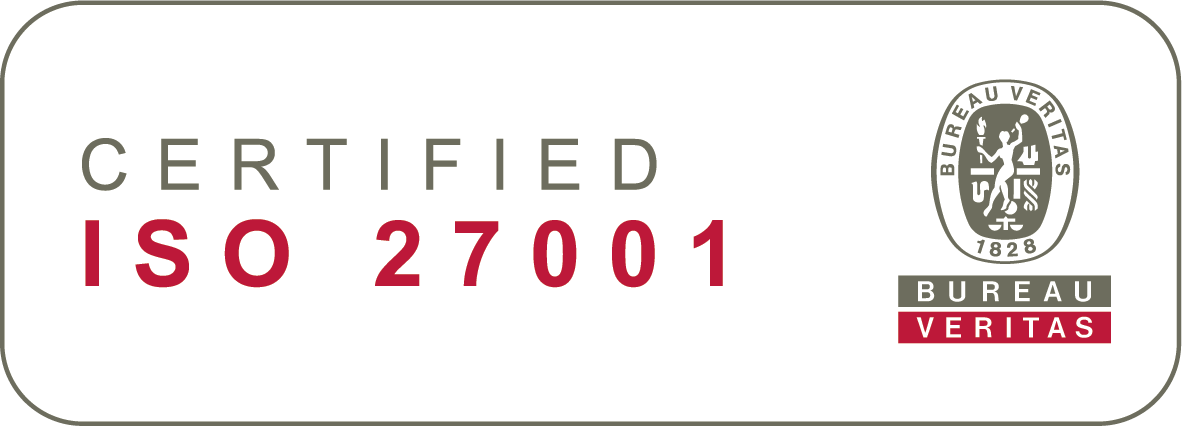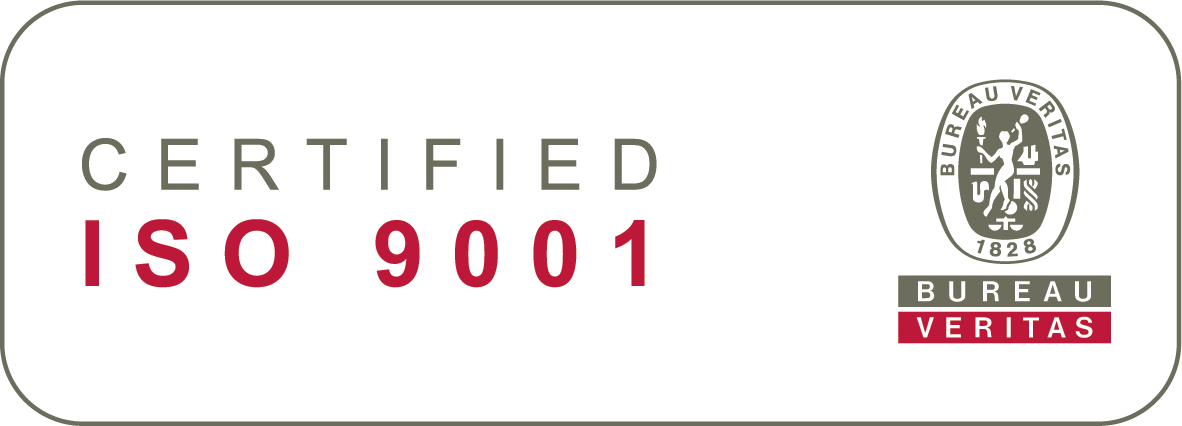Talent Management in short
Talent management covers all people-related activities in a company. It can be seen as a comprehensive framework and strategic commitment that entails a wide scope of HR processes, HR solutions, and HR practices.
Talent management consists of four key areas: attracting, developing, motivating and retaining talent. They are fundamental to reaching the strategic goals of your organisation – be it productivity, customer satisfaction, growth, or all of the above.
What’s more, a talent management strategy that supports your company goals will reinforce your employer brand and make your employees happier in the process. A win-win. Creating and maintaining a successful talent management strategy is a living process that requires continuous attention and development.
We compiled key questions to ask yourself – and the people you work with – to craft the foundations of a strong talent management strategy.
So, shall we get started?
Groundwork
Align with your company’s goals
By aligning your talent management practices with the goals of your organisation, you will have a strong foundation for hiring people with the right mindset and the right skill set to seize all opportunities ahead.
Does your organisation have a North Star Metric? Which KPI’s are you measuring? Use them as the foundation for your talent management initiatives.
Set measurable milestones
The goals of your talent management strategy should support your North Star metric and what your organisation is trying to achieve.
From lowering cost-per-hire to increasing talent mobility or talent retention, HR professionals now have the means to measure and better understand the impact of their work. Set measurable objectives – and work systematically towards achieving them.
Attract
What does your organisation stand for?
One way to attract top talent is to show what your organisation stands for. Talented candidates want to get involved with companies that share their values. As candidates look for meaning in their everyday work, share your values to help them identify with your company.
What defines your people?
We know that the more a person can identify with their peers at work, the better their wellbeing, mental health, and willingness to collaborate with colleagues. So, who are your people? What makes them exceptional and what could candidates expect from them as colleagues?
What is your current hiring process like?
When in the middle of a hiring process, we know that 56 % of candidates interview for at least 2 other positions. In short, the better the candidate experience, the higher your chances to hire top talent. Ask for feedback regarding the recruitment process both from candidates and new employees. Review your hiring process, identify pain points, and improve it!
What does it mean to work for your company?
Cultural fit alone can make all the difference. The better the fit between new hires and your organisation, the more invested they will be at work, and the longer they will stay. So, make sure that your talent acquisition material shows what it’s like to spend a day at work at your company!
How do you promote your employer brand?
People want to hear from the brands they love. So do job candidates. With 90 % of users following at least one brand on Social Media, Instagram in particular is a great place to shout what you stand for. A little tip? Involve your colleagues! Not only will it make your employer brand more relatable, it will also help prospective candidates to project themselves in your company.
What does it mean to work for your company?
Why should a candidate consider you over the competition – in other words, what’s in it for them? Personal growth opportunities, monthly training, an outstanding product, excellent healthcare coverage, remote work opportunities, you name it. What is your unique Employer Value Proposition (EVP)? Pinpoint what it is, and make sure to communicate it to convince top talent.
Develop & Motivate
What skills do you have or need?
Evaluating the current state of people’s skills will provide you with a broader picture of what your organisation needs in terms of competencies to reach its targets. Mapping this out will also help you to identify the areas of improvement that could be supported with training for current employees, and those that will requiring more talent acquisition efforts in the future.
How committed are your employees?
The more involved an employee, the happier they will be, and the longer they will stay at a company. May it be via holding monthly bakeoffs, offsite seminars, or mentoring programs to pass on knowledge within the company – what do you currently do to keep your employees committed? And, if they’re working remotely, how can you ensure that they don’t lose touch with their colleagues?
How do you keep employees motivated?
Snacks, free coffee, and nap rooms sure are nice. But do they keep collaborators highly motivated to come to work every day? Unlikely. Besides, the stress generated by the COVID-19 pandemic, and the normalisation of remote work that followed it, calls for new, innovative ways to keep employees motivated.
How do you support individual growth?
Did you know that roughly 9 in 10 employees value training? Or that 3 in 4 employees would even learn outside of work hours to improve their performance? The question is simple: what does your organisation currently do to help your employees develop their skill set and support continuous learning?
Retain
What do you do to improve work-life?
Part of your mission should be to eliminate obstacles that come in between employees and the completion of their assignments. In other words: creating the best possible working conditions. For instance, if you encourage remote work, equip your employees with all the necessary tools and moral support to help them reach their goals.
Is your management team embracing your company culture?
When leaders of a company embody its culture, chances are that employees matching the culture stay longer. How involved in daytoday activities is your organisation’s top management? Try and identify individuals you could heavily rely on to spark creativity and inspire their peers.
Do you support employees’ long-term plans?
On average, an employee stays at a company for a little over 4 years. What’s your average employee retention? To keep top talent longer, investigate means to give them perspectives. For instance, an internal promotion plan will contribute to increasing employee retention.
How do you embrace individualities at work?
Diversity is an incredible asset for a company. However, if you don’t embrace and acknowledge it on an organisational level, you may be losing great talent. For instance, if you have a lot of international employees, establishing a common language at the office is vital to make everybody feel at home.
Bonus
Involve your colleagues
You don’t have to figure everything out by yourself. Your talent management strategy should also reflect what your colleagues like, want, and expect from your organisation.
We have a fun and actionable tip for you: collect your colleagues precious insight by running company-wide surveys or workshops!
How to do it
We recommend dividing your colleagues into small groups of 3 to 10 and mixing teams, departments, and managerial levels to spark diverse and relevant discussions.
If a company-wide exercise is out of the question, you can add these questions to the agenda of any team workshops, kick-off days, or team-building activities.
Five questions to help you get started
- What defines our organisation?
- What should we do as an organisation to attract more talented people?
- How can we create the best possible candidate experience?
- What keeps you motivated to come to work every day?
- What would you need to be more involved in the organisation’s everyday life?
Good luck!








